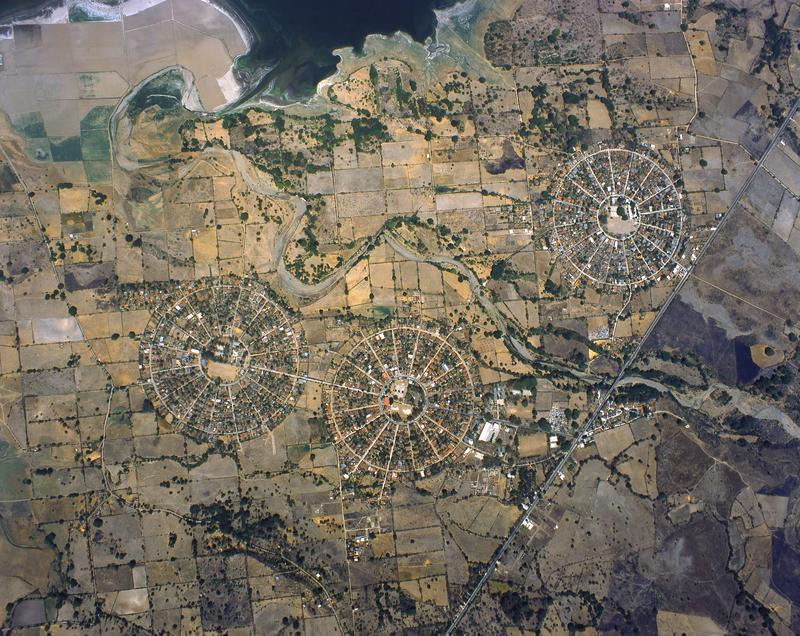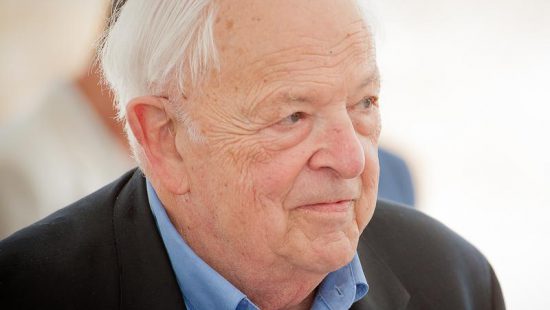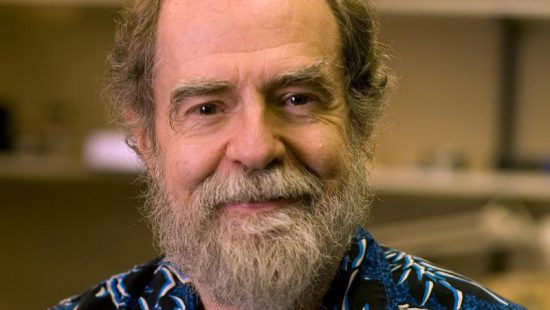What happens to a star when it dies? In the 1920s, scientists assumed that the twinkling lights in our night sky – comprised of exploding hot gasses – eventually burn off their energy, slowly fading into less vibrant white dwarf stars.
Some stars, however, are destined for more remarkable fates. In 1930, Subrahmanyan Chandrasekhar, then 19, developed calculations to show that stars more than 1.4 times the mass of the sun disappear in massive explosions called supernovas.
Some of the densest stars, he theorized, collapse under their own weights, forming neutron stars or black holes. The discovery ignited a battle with Sir Arthur Eddington, the prominent astrophysicist of the time.
Eddington publicly ridiculed Chandrasekhar’s research as a “a reduction ad absurdum,” arguing that all stars, regardless of density, eventually become white dwarfs. Vindication arrived decades later. In 1983, Chandrasekhar’s work – now widely accepted as true – won him the Nobel Prize.







